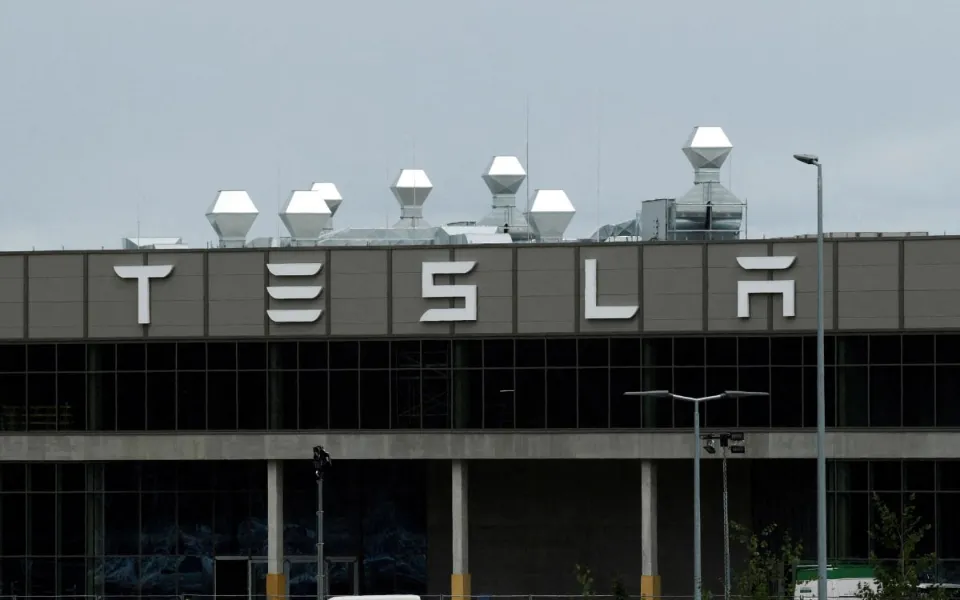Tesla’s Q2 Sales Skyrocket, Surpassing Analysts’ Predictions
After implementing multiple price reductions on its four electric vehicle models and with the help of U.S. government tax credits, Tesla experienced an impressive 83% increase in second-quarter deliveries compared to the previous year.
The Austin, Texas-based maker of electric vehicles, solar panels and batteries said on Sunday it sold a record 466,140 vehicles worldwide from April to June, nearly double the 254,695 it sold in the same period a year earlier. Most of the sales were Tesla’s popular Model 3 and Model Y versions.
But the price cuts on both special orders and existing inventory raised questions from analysts, who expect the cuts to reduce Tesla’s profit margins when it reports its second-quarter results on July 19.
Tesla’s sales were better than Wall Street’s expectations. Analysts polled by data provider FactSet expected 445,000 shipments in the quarter.
The company produced 479,700 vehicles from April to June, about 13,000 more than it sold, indicating that inventories may be rising.
Second quarter sales bring Tesla to nearly 900,000 vehicles in the first half of this year. The company sold 422,875 vehicles in January-March.
CEO Elon Musk has predicted that sales will grow by about 50% per year in the near future. To reach this figure for the full year, the company would have to sell 1.97 million vehicles. Analysts expect Tesla to fall slightly short, delivering 1.82 million vehicles for the year.
Tesla cut U.S. prices at least four times during the quarter for vehicles ordered by customers. Bigger price reductions were visible in store inventories towards the end of the quarter in mid-June. The company cut the prices of some Model 3 cars by more than $3,000. Discounts on Model X SUVs reached more than $10,000, and the company threw in three years of free charging on the S and X models. The Model S sedan cut about $7,500.
Prices were even reduced by as much as $1,570 for inventory of the Model Y small SUV, Tesla’s best-selling SUV, in the late June vehicle move.
But sales were almost certainly boosted by a $7,500 U.S. government tax credit from the Inflation Reduction Act that was available for nearly all Tesla models during the second quarter.
Wedbush analyst Dan Ives said the price cuts boosted sales, particularly in China, but reduced profit margins come at a price. He expects Tesla’s margins to bottom out in the next two quarters and return to normal next year.
“We’re likely going to see that price cuts have weighed on margins,” Morningstar analyst Seth Goldstein said.
Tesla’s automotive gross margin (excluding statutory credit income), the company’s gross margin compared to net sales, was up to 30 percent at the beginning of last year. But as interest rates rose, Tesla began cutting prices last year, with margins falling to 19 percent in the first quarter. Analysts expect 16.9 percent from April to June, according to FactSet.
Ives said Tesla’s U.S. inventory is starting to grow. “It’s going to be a bit of a surplus for the second half of the year,” he said.
According to him, deliveries are not the whole story of Tesla. With General Motors, Ford, Rivian and Volvo announcing they will join Tesla’s charging network and start using its plug, Tesla will receive millions in charging revenue.
“I think investors are starting to appreciate the sum of the parts of the story,” Ives said.
Tesla shares have more than doubled in value this year, largely due to news of General Motors and Ford joining the company’s charging network. The closing price of Tesla stock on Friday was $261.77.
Goldstein expects Tesla to ramp up production at new factories in Austin, Texas and Germany, which will further reduce the company’s fixed costs. “I think we’ll probably look at the bottom in the first half of this year, and then the margins will recover from that a little bit,” he said.




